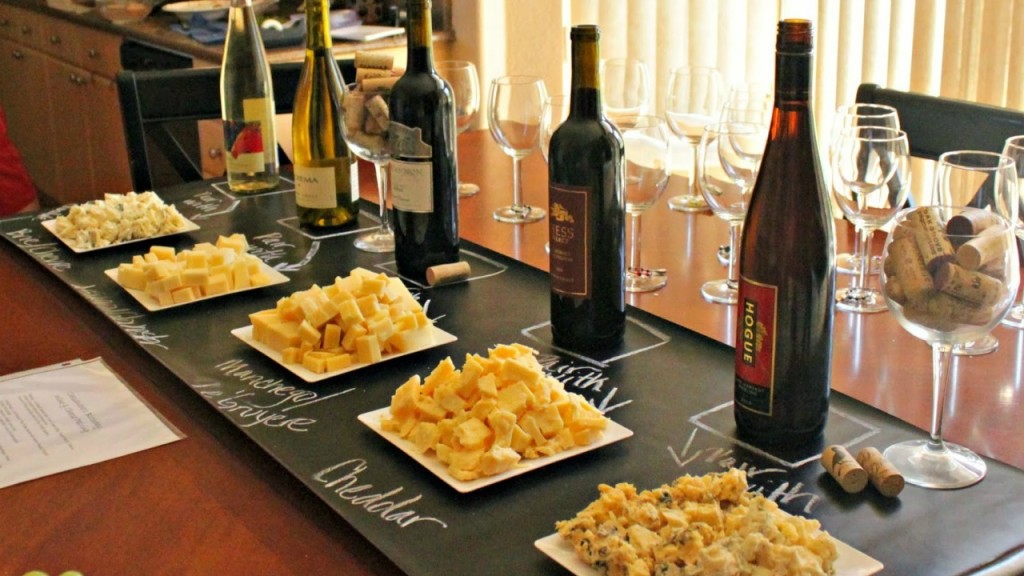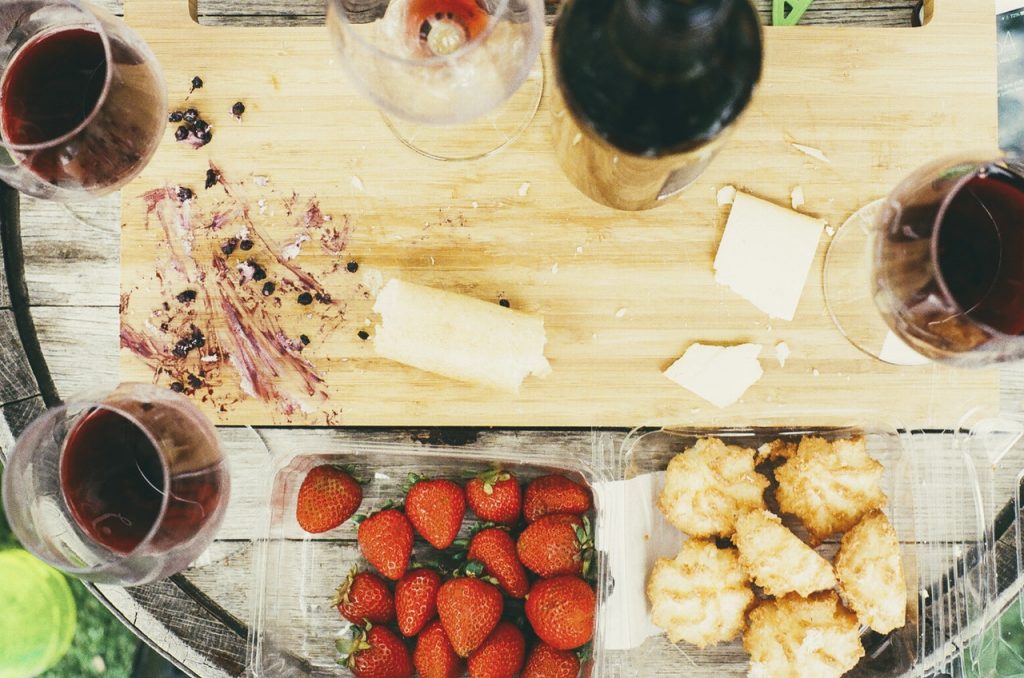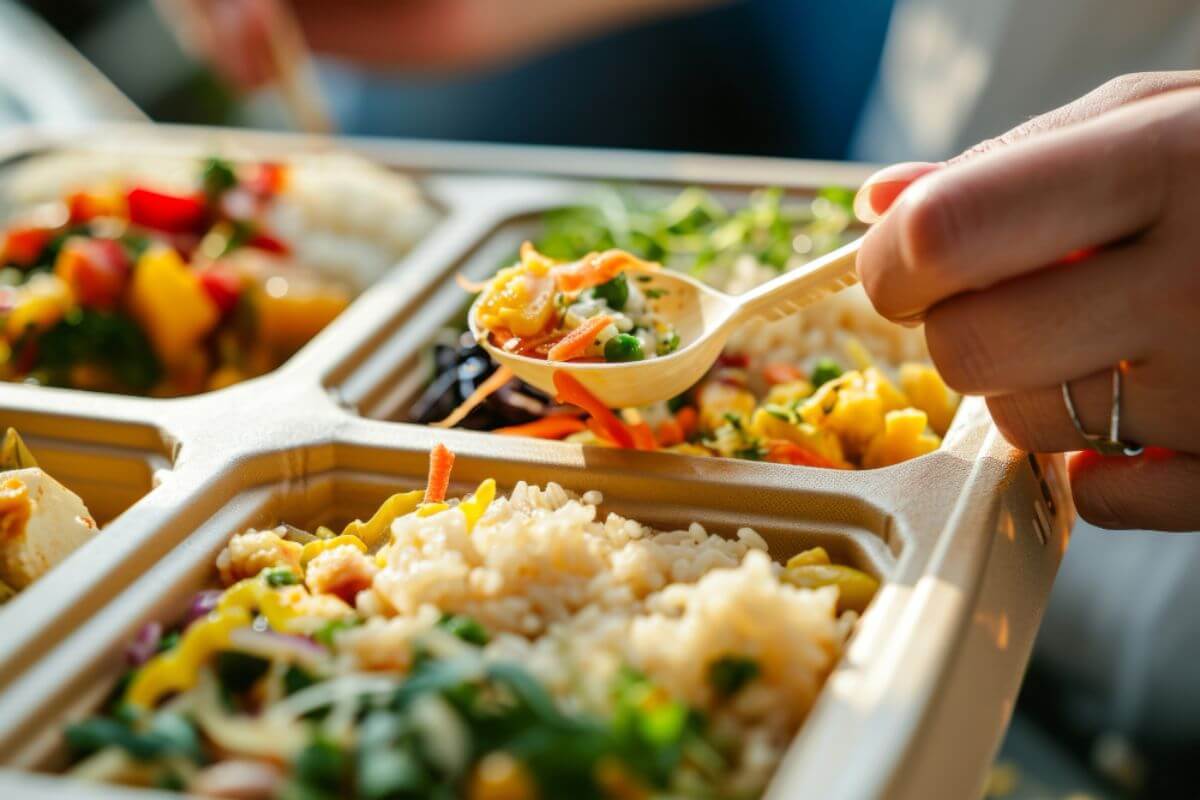Don’t Whine about Wine: A Guide to Pairing Wine and Cheese

How to pair wine and cheese?
- With wines containing tannin, it’s best to pair a wine with strong tanning with older cheeses, and the low ones with younger cheeses.
- Pair a cheese and wine that are from the same region as they do go best together.
- Similar to wines, cheeses are not equal in age. Hence, when pairing wines and cheeses, it’s best to match those that are of the same age, the young cheese with young wine, and the old cheese with old wine to achieve a better combination.
- While some cheeses do not usually taste good as it may be too salty, they create a perfect pair with those sweet wines, hence a perfect blend.
- The best go-to pair for cheeses are white ones as it has higher levels of acid creating a mouthwatering sensation.
- One way to best pair wines and cheeses is to imagine pairing cheese with food as wines are made from fruits, nuts, and more hence it will be so much easier.
- Take advantage of the contrasting flavor such as the bubbles in a sparkling wine that counters the texture of a rich cheese.
You might be thinking all wines can be drunk with all cheese and all cheese can be eaten with all wines. While technically it is possible, this is not the best approach. The idea is to find the perfect match of cheese and wine that will enhance each other’s flavor. Don’t pair the Camembert with Port— get the Chenin Blanc! When in doubt, ask your corporate catering provider for their recommendation. Otherwise, here are a few tips for pairing wine and cheese pairing for your next party or gathering.
Tannin Time
You may have heard teas containing tannin, but did you know that wines also contain tannin? It can be found in the stems, skin and seeds of the grapes. What this textural element does to the wine is make it more “dry”. Darker grapes have higher tannins, thus red wine has more tannin than white wine. In addition, the wine can get tannin from wood, which is why there are certain types of wood barrels for specific wines. Pair wines strong with tannins such as a Tempranillo for older cheeses while serving those low in tannin such as a Beaujolais for younger cheeses.
Know the Origin
It is said that cheese and wine from the same region often go great together. For example, Cheese from the French region of the Loire is best paired with a Sauvignon Blanc made in the area of Sancarre from the valley of the Loire. Its citrus and spicy notes best complement the slightly sweet flavors of the goat cheese, Chabichou du Poutou.
Age is Important
Get those dates ready because in this round, age is the name of the game. Not all cheeses are on the same timetable; some may take weeks to mature while others take years before it can be ready to be served to the guests. This aging process, called affinage, has a strong effect on the flavor. This is because during this time period, the water in the cheese evaporates, which then leaves behind the fat and protein that form the cheese. The older it is, the richer the flavor. For example, a younger Gouda aged for four months has a light fudgy nut, mild taste while Gouda aged over two years having a near butterscotch flavor.
When it comes to wine, it is often said the older the wine the better thus the reason why there is a huge price difference between a three year old Merlot and a twenty year old one. The three year old may have a fresher flavor with floral and citrusy notes while the older one may have a stronger, more robust flavor.
Young cheeses are best with their counterpart— fresh, young wine such as a dry rosé or a sparkling white. An older cheese would be best paired with a nuttier, older wine to match its bold tones and oxidative notes.
Salt + Sweet = Perfect Blend
Balance is important, especially when it comes to food which is why salty cheeses are excellent with sweeter wines. For example, Blue cheese may turn off some people by its smell, but its salty flavor is best with a sweet sherry. Aged Gouda will do well with a bubbly champagne or a fruity Riesling.
Match the Acid Level
The wines, especially the white ones, tend to have a higher level of acidity and lighter body. Hence, pairing cheese with this type of wine is easier as it equally complements the flavor. For instance, a white Muscat wine can complement the flavor of gorgonzola, monte enebro, valdeon, fourme d’ambert, and blu del moncenisio cheeses.
Cheese and Fruits and Nuts
One of the keys to make cheese and wines go well is to imagine what food is best paired to a particular wine. For example, juicy, tasty fruits are best paired with young cheeses like Brie, while bitter, buttery nuts go well when paired with salty cheeses such as Stilton. With this in mind, it will be easier to pair wines with the different kinds of cheeses.
Take Advantage of Contrasting Flavors
In most cases, it’s much easier to pair complementing flavors as they create a harmonious palate sensation. However, contrasting flavors can also be turned into your advantage, for instance the bubbles in a sparkling wine can be a perfect counterpoint to a rich, creamy cheese as it cleanses the tongue, making you want for more. A popular pairing of this is the champagne and camembert.
The Perfect Pairings
Look no further! Here’s the ultimate guide for wine and cheese pairings that do go well.
- Blue cheeses are usually salty and savory, hence what you’ll need is a sweet wine to achieve complementing structure of the wine and creamy texture of the cheese.
Variants: Bleu d’Auvergne, Roquefort, Gorgonzola, Stilton, Cambozola
Wines to Pair With: Tokaji, Sauternes, Tawny Port, Recioto, Oloroso Sherry
- Soft and fresh cheeses make great combinations with dry rosés, crisp whites, dry aperitif wines, light-bodied reds with tannins, and sparkling wines, and does poorly with Bordeaux, Malbec, and Cabernet Sauvignon.
Variants: Chèvre, Mozzarella, Ricotta, Brie, Camembert, Crottin
Wines to Pair With: Moscato, Cava, Champagne, Riesling (dry to sweet), Pinot Gris
- Stinky cheese works best with light-bodied wines with mild aroma achieving a pairing nirvana.
Variants: Taleggio, Morbier, Époisses
Wines to Pair With: Riesling, red Burgundy, Gewürztraminer
- Semi-hard, medium-aged cheeses have stronger flavors and firmer textures hence it need vintage sparkling wines, fruity reds, aperitif wines, and medium-bodied whites that can offer a balance between acidity, tannin, and fruit.
Variants: young Cheddar, Emmental, Edam, Havarti, Manchego
Wines to Pair With: white Burgundy, Pinot Blanc, Dolcetto, Barbera, Zinfandel
- Hard-aged cheeses complement better with tannic reds and full-bodied whites as sweet wines combine perfectly with the saltiness of this particular cheese.
Variants: Comté, Pecorino, Parmigiano Reggiano, Manchego, Aged Cheddar
Wines to Pair With: white Rhône blends, vintage Champagne, Nebbiolo, California red blends, Vin Jaune,
Key Takeaway
You don’t need a picky palette to help you pair wine and cheese. With this guide, partnering the right cheese with the correct wine will surely be a breeze.




